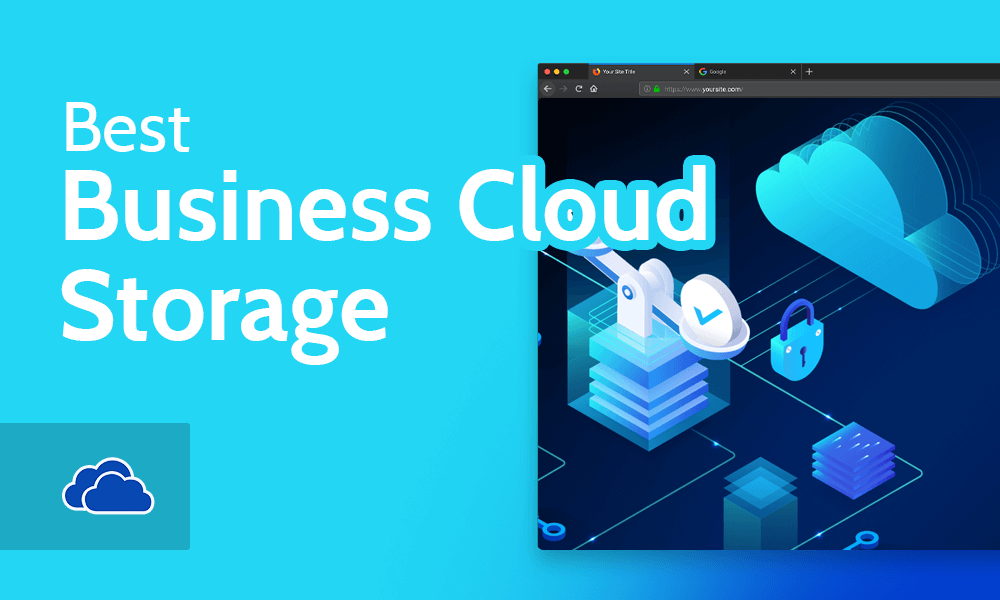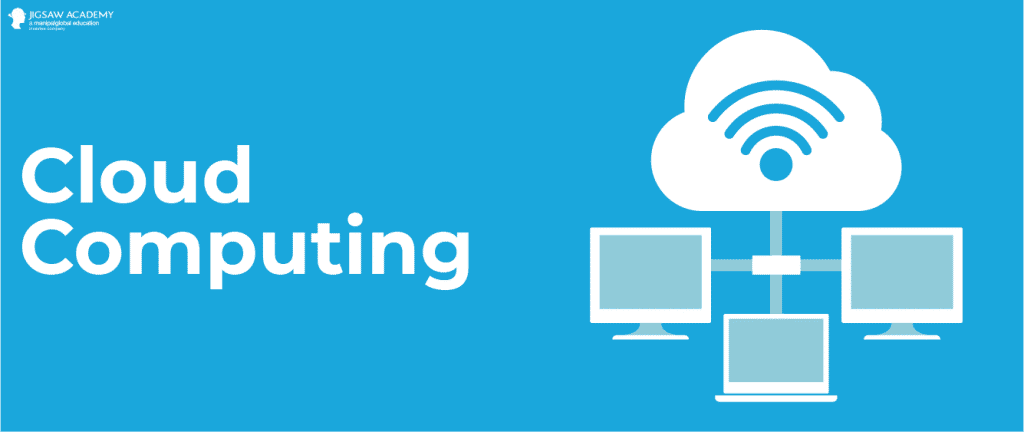
The world of boating and yachting has long been associated with timeless traditions and the allure of the open sea. However, in today’s digital age, these venerable pastimes are undergoing a technological transformation driven by cloud technologies. This article delves into the exciting realm of cloud technologies for boats and yachts, exploring how these innovations are enhancing safety, navigation, entertainment, and overall enjoyment on the water.

Cloud Technologies: A Primer

Before we dive into the specific applications of cloud technologies for boats and yachts, let’s first understand what cloud technology entails.
Cloud technology involves the use of remote servers, often hosted on the internet, to store, manage, and process data. These servers are accessible from anywhere with an internet connection, allowing for real-time data sharing, collaboration, and analysis. For boats and yachts, this means a seamless integration of data and services from the cloud to enhance every aspect of the boating experience.
Safety and Navigation
- Weather Forecasting and Alerts: Staying informed about weather conditions is paramount for boaters and yacht captains. Cloud-based weather services provide real-time updates, including wind speed, wave height, and storm tracking. These services not only help in planning routes but also provide timely alerts about approaching storms, enabling safer navigation.
- Chartplotting and GPS Navigation: Cloud-connected chartplotting systems offer up-to-date marine charts, navigation routes, and points of interest. They can also integrate with GPS and AIS (Automatic Identification System) data to enhance situational awareness. Mariners can access these features on their navigation displays or mobile devices, ensuring they always have the latest information at their fingertips.
- Emergency Response: In the event of an emergency, cloud technology enables quick and precise location sharing with rescue services. Devices like Emergency Position Indicating Radio Beacons (EPIRBs) can send distress signals to satellites, which are then relayed to cloud-based systems, streamlining search and rescue operations.
- Fleet Management: For fleet operators and charter companies, cloud-based fleet management systems offer comprehensive oversight. These systems can track vessel locations, monitor engine health, and schedule maintenance, ensuring that boats and yachts are in top condition for their next voyage.
Entertainment and Comfort
- Streaming and Content: Cloud technology has revolutionized onboard entertainment. Passengers can stream movies, music, and TV shows using cloud-based services. High-quality content can be downloaded in advance when a stable internet connection is available, ensuring uninterrupted entertainment even in remote areas.
- Smart Home Integration: Yachts equipped with smart home systems can use cloud technology to control lighting, climate, and security remotely. Owners and guests can adjust settings and access security cameras through their smartphones or tablets, providing peace of mind and convenience.
- Voice Assistants: Integrating voice assistants like Amazon Alexa or Google Assistant into the yacht’s systems allows for voice-controlled tasks, such as adjusting lighting, playing music, or querying weather updates. These assistants can also facilitate seamless communication between passengers and crew.
Communication and Collaboration
- Satellite Communications: Boats and yachts can stay connected to the world through satellite communications linked to the cloud. This connectivity ensures reliable internet access, enabling email communication, video conferencing, and real-time data sharing, even in remote waters.
- Remote Diagnostics: Cloud-connected systems can monitor the health of onboard systems and engines in real-time. In case of anomalies or faults, the data can be sent to shore-based technicians for analysis and troubleshooting. This proactive approach to maintenance minimizes downtime and keeps the vessel in peak condition.
Safety and Security
- Video Surveillance: Cloud-based video surveillance systems allow boat owners and captains to monitor their vessels remotely. High-definition cameras provide live feeds and recording capabilities, enhancing security and safety.
- Access Control: Cloud-connected access control systems manage who can enter and exit the vessel. Authorized users can use their smartphones to unlock doors or gates, enhancing security and streamlining onboard logistics.
- Anti-Theft Tracking: In the unfortunate event of theft, cloud-based tracking devices can pinpoint the location of the stolen boat or yacht. This information is invaluable for recovery efforts, as it can be shared with law enforcement agencies.
Regulatory Compliance and Documentation
- Digital Logbooks: Cloud-based logbooks and documentation systems make it easy to record and track vessel data, including maintenance records, fuel consumption, and navigation logs. These digital records can simplify compliance with maritime regulations and facilitate auditing.
- Customs and Immigration: For international voyages, cloud-based customs and immigration systems streamline the paperwork process. Captains can submit required documentation online, saving time and reducing administrative hassles.
Challenges and Considerations
While cloud technologies offer numerous advantages for boats and yachts, there are challenges and considerations to keep in mind:
- Connectivity: Reliable internet connectivity can be a challenge in remote areas or on long voyages. Some systems rely on satellite connections, which can be expensive and have limitations in terms of bandwidth.
- Data Security: Ensuring the security of data stored and transmitted through the cloud is crucial. Encryption, strong authentication, and adherence to cybersecurity best practices are essential to protect sensitive information.
- Regulatory Compliance: Boaters and yacht operators must stay informed about maritime regulations that may affect the use of cloud technologies. Compliance with safety, navigation, and privacy rules is paramount.
- Cost: Implementing cloud-based systems can involve significant upfront costs and ongoing subscription fees for services. It’s important to assess the return on investment and long-term benefits.
- User Training: Crew members and passengers should be trained in using cloud-connected systems effectively. Adequate training ensures that everyone can maximize the benefits while avoiding misuse or confusion.
In the end
Cloud technologies are propelling boats and yachts into a new era of safety, comfort, entertainment, and efficiency. Whether you’re a recreational boater seeking entertainment options or a professional captain looking to enhance safety and navigation, the cloud has something to offer. As technology continues to evolve, the marriage of cloud technologies with boats and yachts promises to bring even more innovative solutions to the world of maritime exploration.
With the right implementation and a keen eye on challenges and considerations, cloud-connected vessels are poised to revolutionize the boating and yachting industry, making every voyage safer, more enjoyable, and technologically advanced than ever before. As we navigate the future, it’s clear that the sky is not the limit—now, it’s the cloud that stretches ahead.



